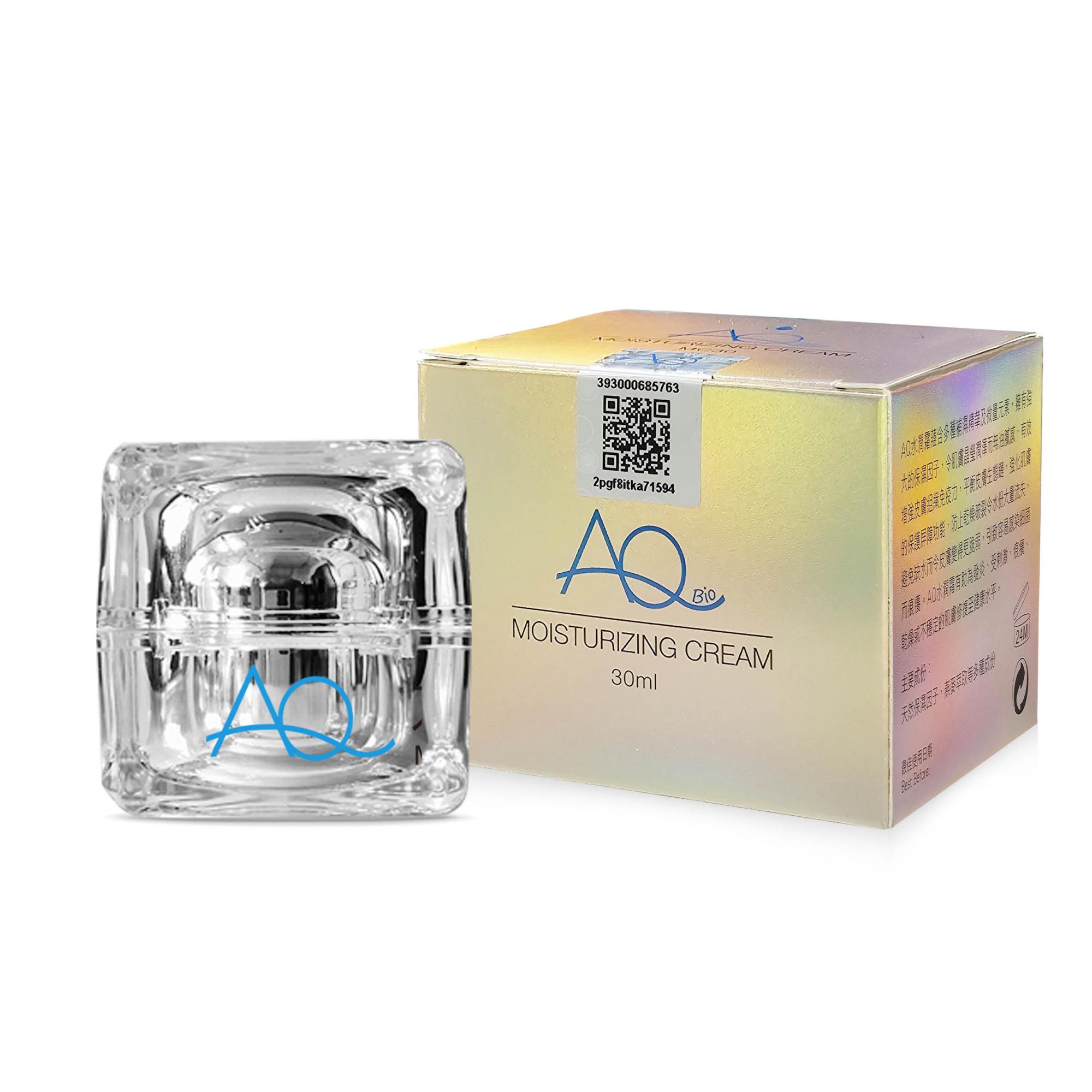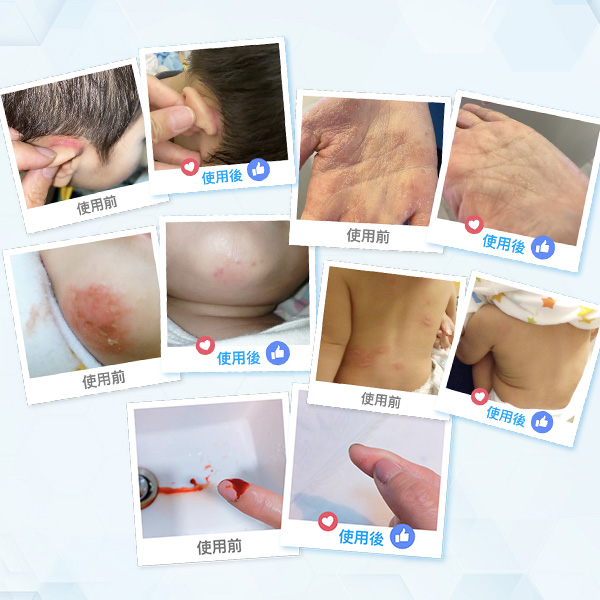AQ is the natural enemy of bacteria andthe nemesis of diseases
Skin diseases can be caused by various bacteria. Here are some common examples of skin diseases caused by bacteria:
Staphylococcus aureus: This common bacterium can cause various skin infections, including cellulitis, pyoderma, boils, and impetigo.
Streptococcus: Another common bacterium that can cause skin infections, such as strep throat, lymph node infections, and lupus erythematosus.
Salmonella: This bacterium is usually associated with food poisoning but can also cause skin diseases like salmonella skin abscess.
Bacillus anthracis: This is the bacterium that causes anthrax. Contact with this bacterium can lead to symptoms like skin ulcers and scabs.
It's important to note that bacteria are just one possible cause of skin diseases. Other factors like fungal infections, viral infections, parasitic infections, allergic reactions, etc., can also cause different types of skin diseases. If you have symptoms of a skin disease, it's best to consult a dermatologist for an accurate diagnosis and treatment.
For gynecological diseases, various bacteria can be the cause. Here are some common bacterial infections:
Trichomonas vaginalis: A sexually transmitted disease often caused by this parasite, leading to symptoms like vaginal inflammation, odor, abnormal discharge, and frequent urination.
Candida: A common cause of vaginal infections, especially Candida albicans, leading to symptoms like itching, burning sensation, white discharge, and vaginal redness.
Bacterial vaginosis: A vaginal infection caused by various bacteria, with Gardnerella vaginalis being common. Symptoms include abnormal discharge, odor, and irritation. papillomavirus (HPV): A common sexually transmitted virus causing genital warts and cervical cancer. Though not a bacterium, it's a common gynecological disease.
These are just a few examples of bacteria and viruses that can cause gynecological diseases. Symptoms and treatments for specific bacterial gynecological infections may vary, so it's best to consult a doctor for an accurate diagnosis and appropriate treatment.
For toothaches, various bacteria in the oral cavity can be the cause. Here are some bacteria associated with toothaches:
Streptococcus mutans: Common oral bacteria that form plaque on teeth, leading to tooth decay and pain.
Staphylococcus aureus: Common skin and mucous membrane bacteria that can cause oral infections and toothaches.
Lactobacillus acidophilus: Oral bacteria that can grow on teeth surfaces, especially with increased acidity, leading to tooth decay and pain.
Anaerobic bacteria: These bacteria reside in gum and periodontal tissues, causing gum disease, root infections, and toothaches.
It's important to note that toothaches can have various causes, including cavities, gum diseases, tooth injuries, etc. If you have toothache problems, it's recommended to seek professional diagnosis and treatment from a dentist.
For acne (acne vulgaris), it's usually caused by a bacterium called Propionibacterium acnes.
Propionibacterium acnes is a common skin bacterium found in hair follicles and sebaceous glands.
When hair follicles and sebaceous glands are clogged with excess sebum, Propionibacterium acnes can multiply in this environment. These bacteria secrete substances that stimulate more oil production by the sebaceous glands, triggering the body's immune response. This immune response causes inflammation and swelling, leading to acne lesions.
Propionibacterium acnes can also be involved in other processes leading to acne lesions, such as the blockage of follicle openings by keratinocytes and an exaggerated inflammatory response.
It's worth mentioning that acne development is not solely caused by Propionibacterium acnes but involves multiple factors like genetics, hormonal levels, excessive sebum production, keratinocyte blockage, inflammatory response, etc. Therefore, acne treatment often considers these factors and includes maintaining good personal hygiene, using appropriate cleansing and treatment products, controlling sebum production, reducing inflammation, etc.
If you have acne issues, it's advisable to consult a dermatologist for professional advice tailored to your condition.
For canker sores (mouth ulcers), they are typically not caused by viruses but result from various factors leading to oral mucosal damage and ulcer formation.
Viral infections are usually not the primary cause of canker sores. However, in some cases, viral infections may be associated with the occurrence of canker sores.
Herpes Simplex Virus (HSV) can be a virus responsible for some oral ulcers. HSV is classified into HSV-1 and HSV-2 types, with HSV-1 commonly associated with oral infections like cold sores and mouth ulcers. HSV-2 is typically linked to genital infections like genital ulcers from sexual transmission.
HSV infections are usually transmitted through direct contact with an infected person's saliva or virus on skin surfaces. Once infected, the virus can enter nerve cells and, after a lifelong latency period, trigger recurrent infections. This can lead to the formation of oral ulcers, especially under the influence of factors like low immunity or stress.
It's important to note that not all oral ulcers are related to HSV infections. Most oral ulcers are caused by other factors such as mechanical trauma, allergic reactions, immune system dysregulation, etc.
If you suspect that oral ulcers are caused by viral infections or have any concerns about them, it's recommended to consult a dentist or oral healthcare provider for a professional evaluation and advice.
 Login
Login Register
Register





























